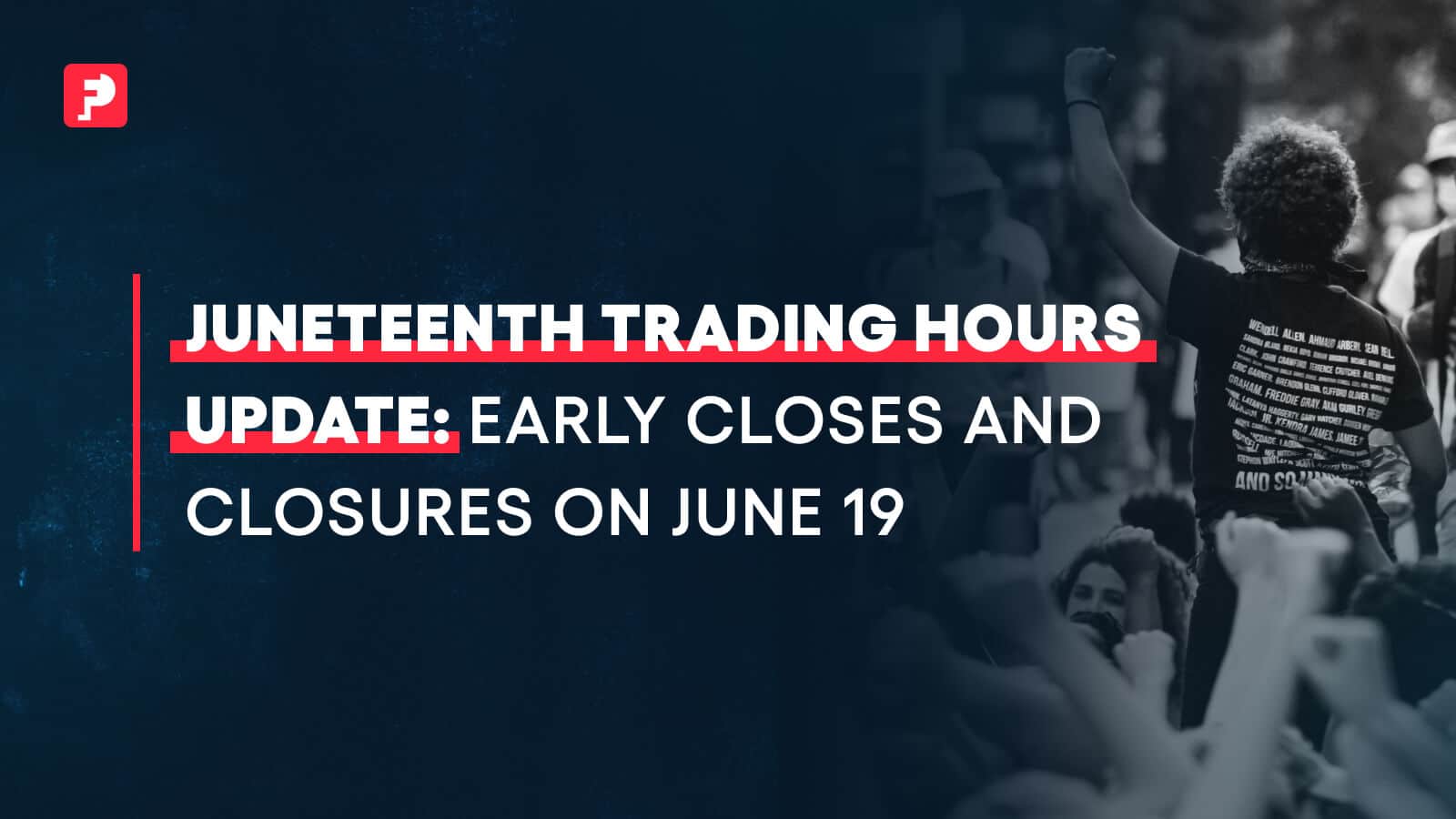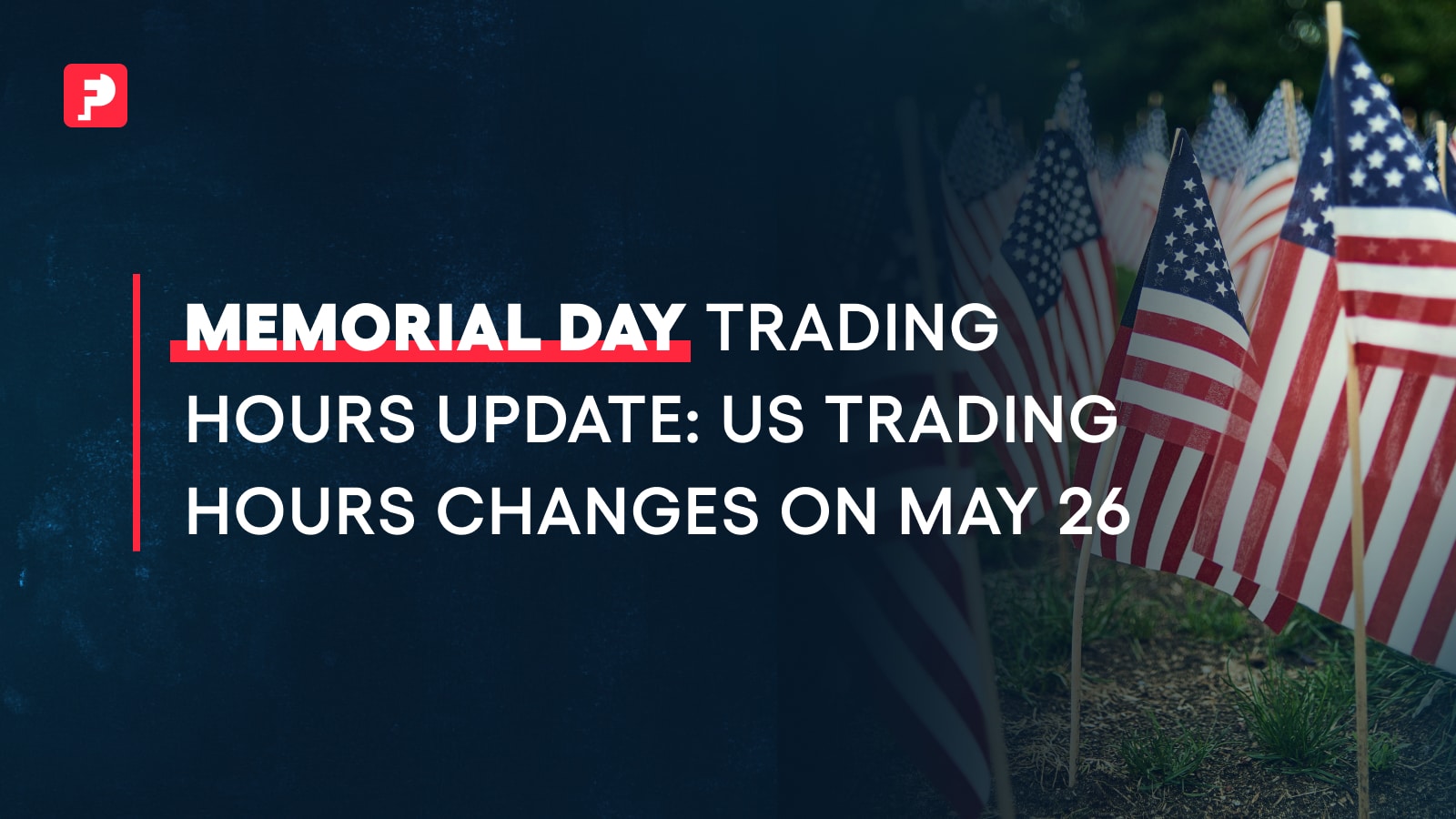
Dynamic Risk Management for Prop Traders [with Examples]
Key Takeaways
- The amount you’re willing to lose isn’t always proportional to your account size; assess financial goals and experience to define it
- Adjust position sizes based on recent performance; reducing risk after losses and increasing it after gains can extend trading longevity
- Emotion-driven decisions can escalate risks; maintaining discipline and avoiding impulsive reactions to losses is as important as numerical risk management strategies
If you think that profit is the most important thing in trading, you are wrong. Risk management is. It may seem counterintuitive but think about it: if you have no account, you can’t generate any profits; hence, risk management should be at the top of your list.
Now, we know that there are a lot of resources about risk management out there, but very few focus on the specific challenges faced by prop traders. Particularly, we are referring to the Overall and Daily Drawdown limits present on virtually any Funded Account Challenge (and funded account).
In this article we’ll quickly tackle risk management in general, just in case you are not familiar with it, and then we’ll get straight into the specifics of managing risk in a funded account. Enjoy!
Understanding Trading Risk Management
Forex trading gives a lot of opportunities for earnings due to its liquidity and volatility, but for the same reasons it also carries risks. Effective risk management strategies are crucial for traders to protect their capital and enhance profitability. Here’s a few pointers on how to manage trading risk like a pro.
Defining Your Risk Tolerance
Understanding your risk tolerance is the first step towards effective risk management. Risk tolerance refers to the amount of loss you are willing to endure. It’s essential to assess your financial goals, trading experience, and the level of risk you can comfortably take. Your risk tolerance doesn’t have to be proportional to the size of your account. You may have a $10,000 account but be willing to only risk $3,000; your friend may have a $5,000 account and be willing to put it all on the line.
How to define your risk tolerance: this is personal, take some time to think it over and never risk more than you can afford to lose (in other words, don’t gamble).
Employing Stop Loss and Take Profit Orders
- Stop Loss Orders: A stop loss order is a tool that helps traders limit their losses by automatically closing a trade once the market price reaches a predetermined level.
- Take Profit Orders: Similarly, a take profit order allows traders to lock in profits once the market price hits a specified level.
Note: Please be aware that stop loss and take profit orders are a nice safety net but may not execute if there is a sudden and dramatic spike in price. For this and many other reasons, you should always keep an eye on your trades.
Leveraging Position Sizing
Position sizing is about deciding how much of your capital you will invest in a single trade. It’s imperative to diversify your trades and not to overexpose your account to a single position. We’ll get into position sizing for prop trading later, but generally you should never risk more than 2% of your account balance.
Implementing a Risk-to-Reward Ratio
A favorable risk-to-reward ratio ensures that the potential profits justify the risks taken. A common recommendation is to aim for a ratio where the potential profit is at least three times the potential loss.
Utilizing Forex Indicators
Forex indicators like Bollinger Bands, Relative Strength Index (RSI), and Moving Averages can provide insights into market conditions and help traders make informed decisions. Please note that indicators are not an exact science, as price is influenced by many factors. Nonetheless, if several indicators point in the same direction, it often means that your trade will be statistically less risky.
Keeping Emotions in Check
Everyone talks about risk management in numbers, but the psychological aspect is just as important. Trading based on emotions can lead to impulsive decisions and increased risks. It’s vital to follow a well-thought-out trading plan and avoid emotional trading.
As a practical example, if you lose 2% of your equity with a trade, you shouldn’t risk 4% on your next move just to make up for your mistake. This thinking leads to a slippery slope (or a deep, deep hole in your pockets).
Continuous Education and Analysis
Being updated with the latest market trends, economic events, and other significant factors is crucial for effective risk management. Continuous learning and analysis can significantly enhance your risk management strategies.
Evaluating Performance Regularly
Regular performance evaluations help in understanding the effectiveness of your trading strategy and risk management practices. It allows for necessary adjustments and improvements. To do this, it’s very helpful to keep a trading journal.
Diversifying Your Portfolio
Portfolio diversification across different currency pairs and financial instruments can help mitigate risks associated with Forex trading.
Alright, now that the general risk management is out of the way, let’s see how you can apply it dynamically to your Funded Account Challenge.
Standard Forex Risk Management Vs. Prop Trading Risk Management
The main difference between a standard retail trading account and a funded account (or a funded account challenge), is that with the latter you have a much smaller margin for error.
In other words, while you might be open to losing 100% of your own funds, when you trade with the capital of a prop firm, they may implement some safety rules meant to foster good risk management practices. Often these rules come in the form of daily and overall drawdown limits. If you break those, your account is taken away.
At FunderPro we implement a 5% Daily Drawdown and a 10% Overall Drawdown, so the following examples will use these percentages, and we’ll take a $100,000 account as reference.
If you apply a 2% position sizing to a retail $100k account, you will need over 500 losing trades in a row to bring it to zero. Not bad right? Who has a 500 losing streak? But if you have a drawdown of 10%, it will only take 6 bad trades to blow your account. Look at the table below.
| Account Balance | 2% Risk per Trade |
|---|---|
| 100,000 | Loss |
| 98,000 | Loss |
| 96,040 | Loss |
| 94,119.20 | Loss |
| 92,236.82 | Loss |
| 90,392.08 | Loss |
| 88,584.24 | Account lost |
Placing 500 losing trades in a row is nearly impossible, but raise your hand if you have never had 6 bad trades back-to-back.
In fact, our data shows that 8 losses in a row are common in Forex trading.
Let’s now apply a position size of 1% and see if things get better.
| Account Balance | 1% Risk per Trade |
|---|---|
| 100,000 | Loss |
| 99,000 | Loss |
| 98,010 | Loss |
| 97,029.90 | Loss |
| 96,059.60 | Loss |
| 95,099.00 | Loss |
| 94,148.01 | Loss |
| 93,206.53 | Loss |
| 92,274.47 | Loss |
| 91,351.72 | Loss |
| 90,438.21 | Loss |
| 89,533.83 | Account lost |
As you can see, it only takes 11 bad trades to lose an account using a 1% risk profile. Sure, 11 losses in a row it’s not very common, but what if bad psychology starts to kick in and you are not lucid anymore?
Keep reading, there is a better way to manage risk
Dynamic Risk Management for Prop Traders
The concept of dynamic risk management is not new, but very few people talk about it. In a nutshell, it consists of dialing down your position size every time you have a bad trade, and then dial it back up when you are on a good roll.
As an example, you could start with a 2% position size. If you lose, you risk 1% on your next trade. Lose again? You risk 0,5% on your next trade. You could even go down to 0.25%, but depending on your account size that might not generate enough profit.
A Real-Life Scenario Example
You start with a 2% position and you lose, bringing your account to $98,000. You then place a trade at 1% and lose that too. Now you stick with 0.5% for a few more bad trades and then you hit a good streak, when do you scale back up to 1%? Ideally, only after generating between 50% and 100% of what you lost with your last 1% trade. For example: you placed a losing trade at $98,000 and lost $980, you then trade at 0.5% until you make between $490 and $980 (it’s an exercise in patience and we leave the decision in your hands).
Now you are back at 1% and you stay there until you generate between $1000 and $2000 (i.e. the amount you lost on your last 2% trade). If you lose a trade at 1%, you immediately switch back to 0.5% and so forth.
Is Dynamic Risk Management Really This Beneficial?
You might think that between 1% and 0.5% the isn’t a big difference, but let’s look at the numbers.
| Account Balance | Dynamic Risk Management |
|---|---|
| 100,000 | Loss |
| 98,000 | Loss |
| 97,020 | Loss |
| 96,534.90 | Loss |
| 96,052.23 | Loss |
| 95,571.96 | Loss |
| 95,094.10 | Loss |
| 94,618.63 | Loss |
| 94,145.54 | Loss |
| 93,674.81 | Loss |
| 93,206.44 | Loss |
| 92,740.41 | Loss |
| 92,276.70 | Loss |
| 91,815.32 | Loss |
| 91,356.24 | Loss |
| 90,899.46 | Loss |
| 90,444.97 | Loss |
| 89,992.74 | Account lost |
Dynamic risk management keeps you in the game even if you hit a whopping 17 loss-streak. Our data shows that traders who have a trading plan have a good chance of incurring 8 or 11 losses in a row, but very few go as far as having 17 consecutive bad trades.
Putting it plainly, dynamic risk management can keep you alive in the prop game for a long, long time. As with everything trading, the key is patience.
Wrapping It Up
Risk management in prop trading is arguably more critical than in any other type of trading. Dynamic risk management takes more patience, but it will keep you trading for longer and it can increase your chances of passing the Funded Account Challenge and claim more rewards out of your Funded Account. It is also a safe way to comply with the Consistency Rule in Phase 2.
Just remember these simple rules:
- Start with 2% risk and stay there if you are winning (don’t get greedy)
- Dial it down to 1% if you lose a trade
- Dial it down to 0.5% if you lose a trade at 1% and keep it there as long as you are losing
- Turn it back up to 1% when you have generated a profit between 50% and 100% of your last 1% losing trade
- Turn it back up to 2% after you have generated a profit between 50% and 100% of your last 2% losing trade
Ready to become a funded trader? Start Now.



